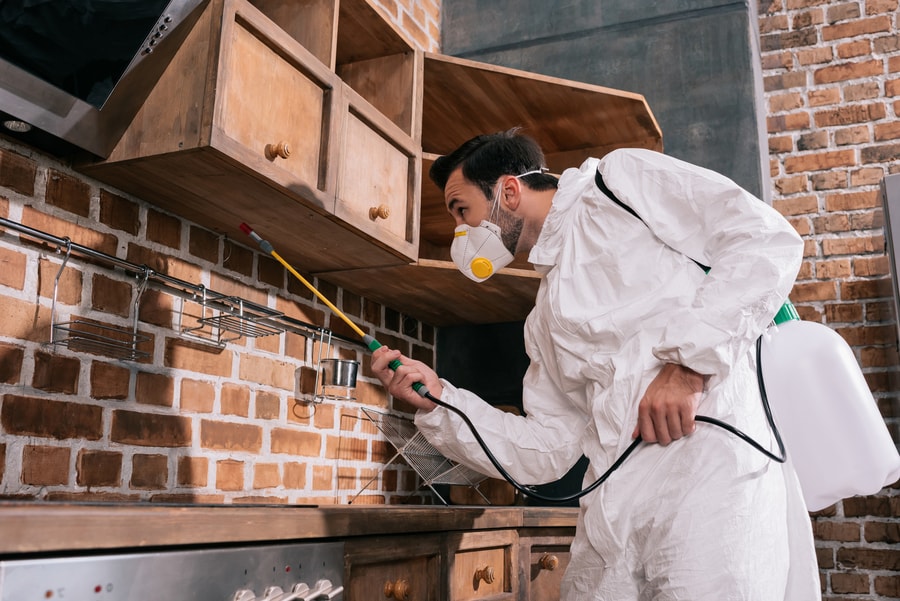How to Know If You Need Termite Treatment
Termites can cause a lot of damage to your home, and their presence may go unnoticed. Fortunately, a termite infestation can be diagnosed by a professional. In addition, termite inspections can be performed at home as a do-it-yourself project. While termite treatment can be costly, it can save you money in the long run.
(Looking for the Best Residential Exterminator, Contact us today!)

To diagnose a termite infestation, a technician will look for signs of pests on the inside and outside of the home. Common signs include mud tubes, swarmers, and wood damage. Other signs include droppings, mold, and a hollow sound. If you have any of these signs, a termite inspection is a must.
The most common sign of termite damage is a hollow sound heard inside the wood. The sound can be caused by termites chewing the wood, allowing moisture to enter the wood. Moisture can cause the wood to warp, expand, or buckle. When this happens, the wood becomes a prime food source for termites. Termites create tubes, or shelter tubes, to allow them to travel from one feeding site to another. These tubes are built out of wood particles and dirt. This allows the termites to travel between feeding sites and their nests without drying out.
Other signs include a mound of droppings, which can be identified by the oval shape. These droppings are often formed in close proximity to the entrance to the tunnel. It is also important to look for a termite swarmer. These are the reproductive members of a termite colony. These swarmers fly out to form new colonies in the spring. They will leave their droppings on the ground and may be visible inside the home.
Termites can cause a lot of structural damage to your home. Damage to wooden ceilings and floors is just as common as damage to wooden structures near ground level. This damage can be caused by the termites eating through support beams and panels, and the wood may also be susceptible to rotting. This can cause a lot of structural problems and lead to expensive repairs.
A termite inspection can be done for free, but if your home is severely damaged, you may need to make a repair or have your home fumigated. A professional can help you determine whether you need serious treatment, such as foam or liquid termiticides. If you need to sell your home, you may have to disclose any termite problems to potential buyers. If you’re concerned about warranty transferability, make sure to ask your contractor about it.
It is important to know what signs to look for when you notice wood damage. For example, termites can cause floorboards to buckle, and windows to stick. The flooring may also feel springier or spongy. It is also important to check for cracks in the wooden ceilings. If there is any damage to the wood, it should be repaired.
Termites can also cause the wood to produce moisture. Moisture can cause warping, expansion, and other damage. If you see a mound of termite droppings, it is a clear sign of an infestation.

